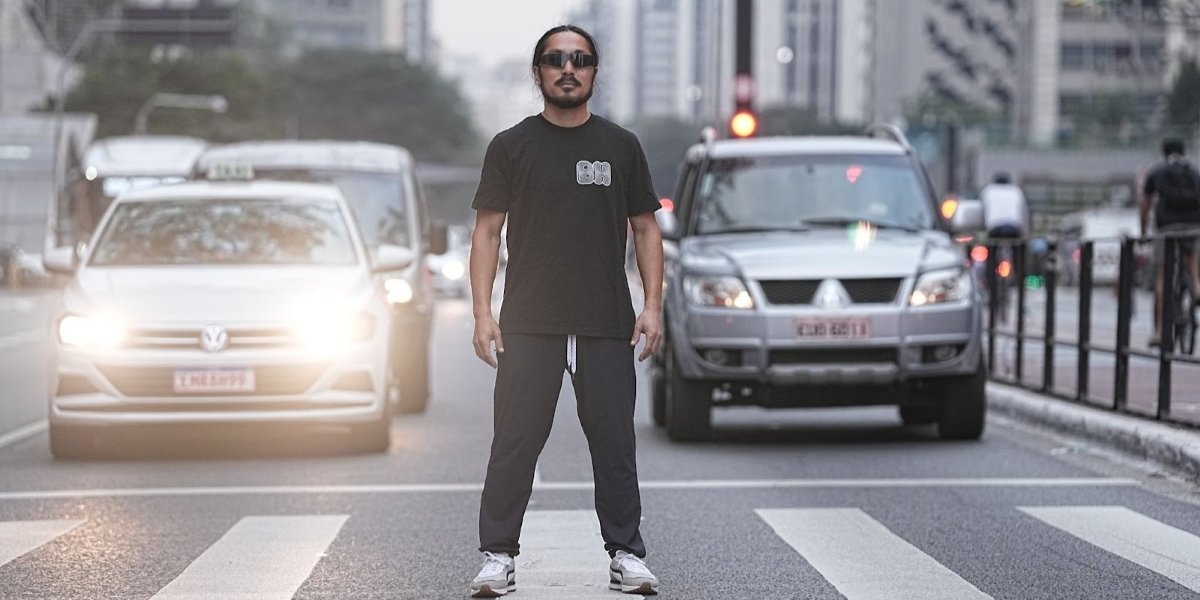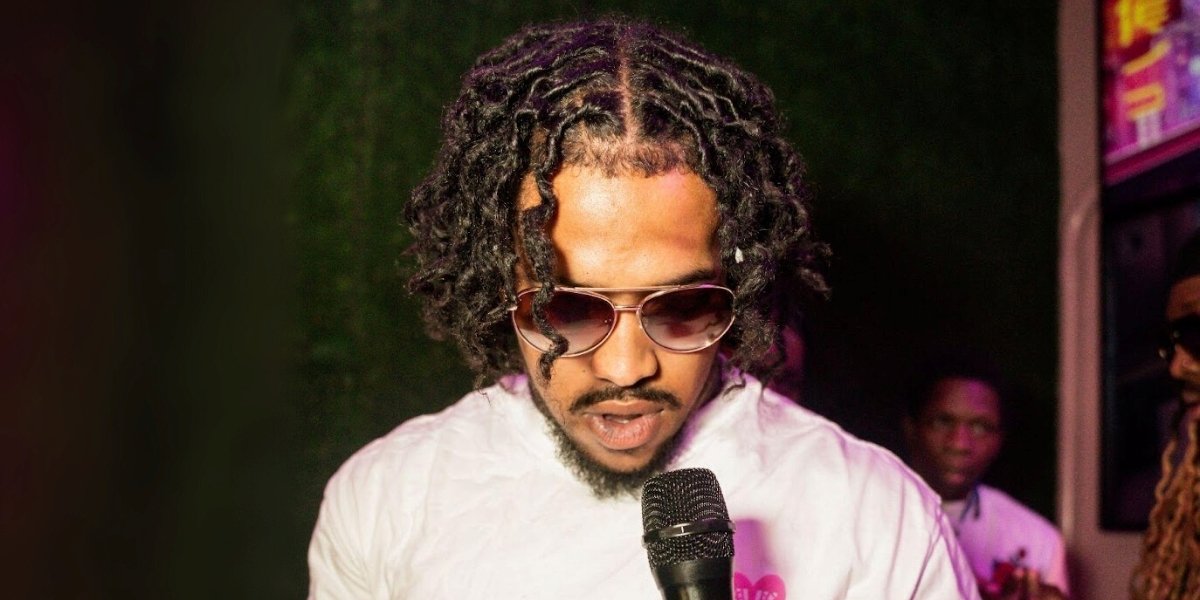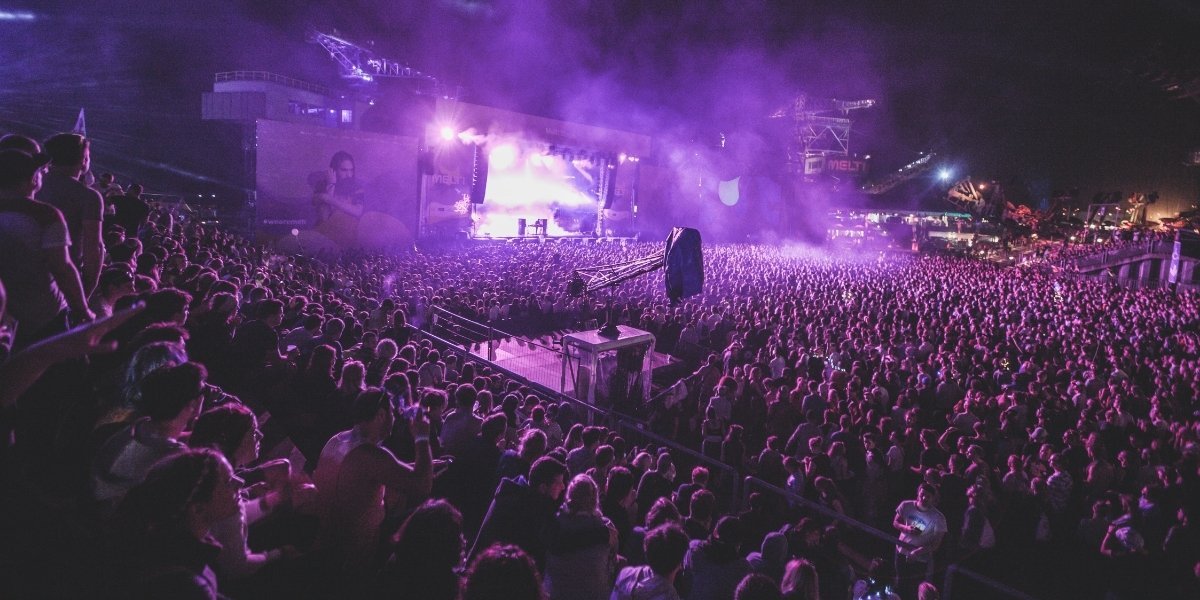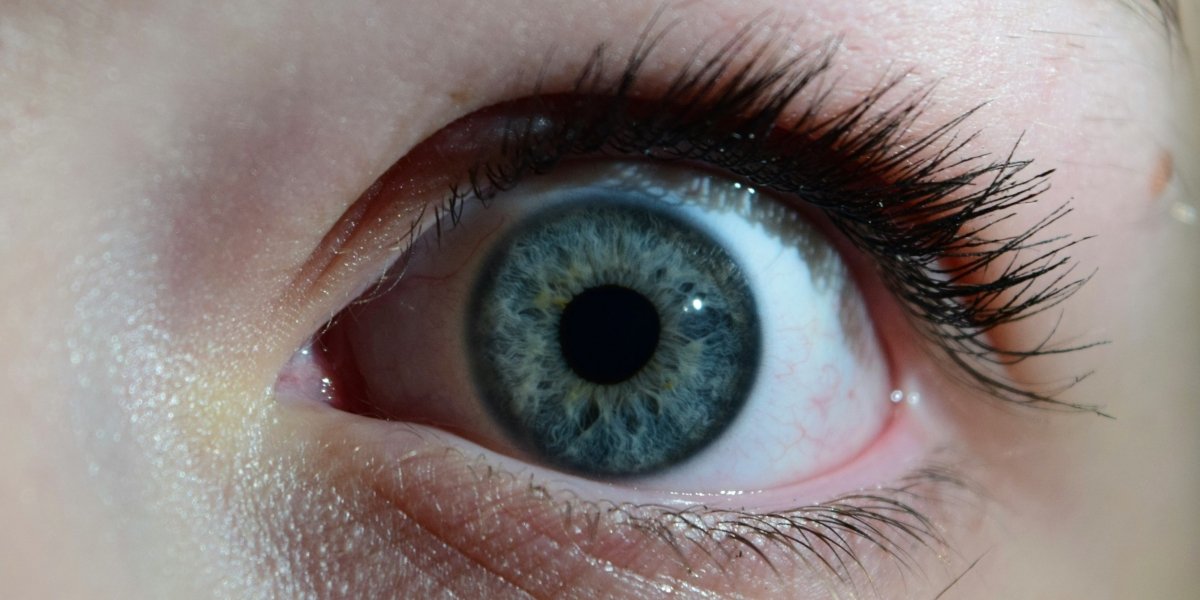In recent years, particularly in the wake of the COVID-19 pandemic, the music and entertainment industries have experienced a significant shift from traditional live tours to streaming services. The rapid growth of digital platforms has provided artists, event organizers, and fans with new ways to experience live music and performances. This transition, driven by a combination of technological innovation, economic factors, and global health concerns, has opened up new opportunities for both creators and audiences. In this article, we will explore the key reasons why tours have moved to streaming services, how this change benefits the industry, and what the future may hold.
Access to a Global Audience
One of the most significant advantages of moving tours to streaming services is the ability to reach a global audience. Physical tours are often limited by geographic, logistical, and financial constraints, which can prevent many fans from attending in-person concerts. By leveraging streaming platforms, artists can broadcast their performances to millions of viewers across the world without the need for extensive travel or costly venue rentals.
Platforms like YouTube, Twitch, and Instagram Live have revolutionized how artists engage with their audiences, breaking down barriers that once limited the reach of live performances. Fans in different time zones and countries can tune in to watch their favorite artists perform in real-time, often without leaving their homes. This global accessibility creates new fan engagement opportunities, allowing artists to expand their reach and build international followings more easily.
Revenue Streams for Artists
Streaming tours offer artists additional revenue streams that were not previously possible with traditional tours. While physical tours often rely on ticket sales and merchandise as primary sources of revenue, streaming services provide new ways to monetize performances. For example, artists can generate income through:
- Ticketed livestream events, where fans pay for virtual access.
- Subscriptions and memberships on platforms like Twitch, where viewers can support their favorite creators.
- Merchandise sales and exclusive content offerings during live events.
- Advertising and sponsorships, where brands collaborate with artists to reach larger online audiences.
These new revenue models allow artists to retain more earnings, as they are not burdened by the expenses of touring, such as transportation, lodging, and venue fees. Additionally, artists have more control over pricing and accessibility, which can lead to increased profitability, especially for smaller or independent musicians who may not have the financial backing for large-scale tours.
Fan Engagement and Interactivity
Another reason for the shift to streaming services is the enhanced fan engagement and interactivity that virtual concerts provide. During live-streamed events, fans can participate in real-time chats, vote in polls, and even engage in virtual meet-and-greets with their favorite artists. This level of interactivity was far more limited during traditional tours, where physical distance and security protocols often kept fans at arm’s length.
Many artists are also experimenting with immersive technologies like Virtual Reality (VR) and Augmented Reality (AR) to create unique concert experiences. Fans can now attend VR concerts that allow them to feel as though they are inside the venue, complete with interactive elements and immersive visuals. These technologies provide fans with more personalized experiences, fostering deeper connections between artists and their audience.
Cost Efficiency for Organizers
Touring can be a costly endeavor for artists and event organizers. Expenses such as venue rentals, travel logistics, stage setups, and staffing quickly add up, leaving many smaller artists struggling to make a profit. Streaming services provide a cost-efficient alternative, allowing organizers to host concerts without many of the traditional expenses associated with live tours.
By reducing the need for physical venues and minimizing logistical complexities, streaming concerts offer a way for artists to cut costs while still delivering high-quality performances. Additionally, the smaller environmental footprint associated with virtual concerts is an appealing factor for both organizers and fans concerned about sustainability.
COVID-19 and Social Distancing Measures
The COVID-19 pandemic fundamentally changed the live music industry. When social distancing measures and lockdowns were implemented globally in 2020, live concerts were either canceled or postponed indefinitely. As a result, artists were forced to adapt quickly, with many turning to streaming platforms to continue engaging with fans. This period marked a turning point in how artists approached touring.
Streaming services provided a safe and effective way for artists to reach audiences while adhering to public health guidelines. Fans, who were also in lockdown, eagerly embraced virtual concerts as a way to stay connected to their favorite performers. Even as live events have gradually returned, many artists and organizers have recognized the value of streaming as a permanent fixture in their touring strategies.
Technological Innovations in Streaming
Technological advancements in streaming have made it easier than ever for artists to host high-quality, professional concerts online. Modern streaming platforms offer a range of features, such as high-definition video, enhanced audio quality, and interactive elements, that can replicate and even surpass the experience of a live concert.
The development of high-speed internet and improved streaming infrastructures has also reduced latency and buffering issues, allowing for seamless performances. Additionally, platforms have integrated real-time analytics that allow artists to monitor engagement and adjust their content based on audience feedback. These technological improvements are part of why streaming services have become a preferred option for tours.
Partnerships with Platforms
Streaming services like YouTube, Netflix, and Twitch have entered into partnerships with artists to host exclusive performances and concerts. These partnerships provide artists with access to large, established audiences, while platforms benefit from the increased traffic and engagement that live events generate.
For example, YouTube has hosted exclusive virtual concerts for major artists, while Netflix has begun to explore the live-streaming of performances through their platform. These collaborations have created new opportunities for content distribution, and fans benefit from access to exclusive performances they might not have been able to attend in person.
Sustainability and Environmental Impact
The shift to streaming services for tours also addresses concerns about the environmental impact of traditional concerts. Large-scale tours generate significant carbon emissions due to air travel, transportation of equipment, and the energy required for live performances. Additionally, concerts often produce substantial waste, such as single-use plastic cups and merchandise packaging.
Virtual concerts reduce these environmental concerns by eliminating the need for travel and minimizing energy consumption. Artists and fans alike are increasingly conscious of their carbon footprints, making streaming a more sustainable alternative to traditional touring. As environmental sustainability becomes a growing concern for the entertainment industry, streaming tours offer a greener option.
The transition of tours to streaming services has opened up a new world of possibilities for artists, fans, and organizers. By leveraging the power of digital platforms, artists can reach global audiences, generate new revenue streams, and engage with fans in ways that were not possible through traditional tours. The cost-efficiency, accessibility, and interactivity of streaming services have made virtual concerts a viable long-term option for the entertainment industry, even as live events slowly return.
As technological innovations continue to evolve and fans embrace these digital experiences, streaming services will likely remain a core component of artists’ touring strategies for years to come. Whether it’s through live-streamed performances, VR concerts, or hybrid events that combine both in-person and virtual attendance, the future of music and entertainment is being reshaped by streaming services.















